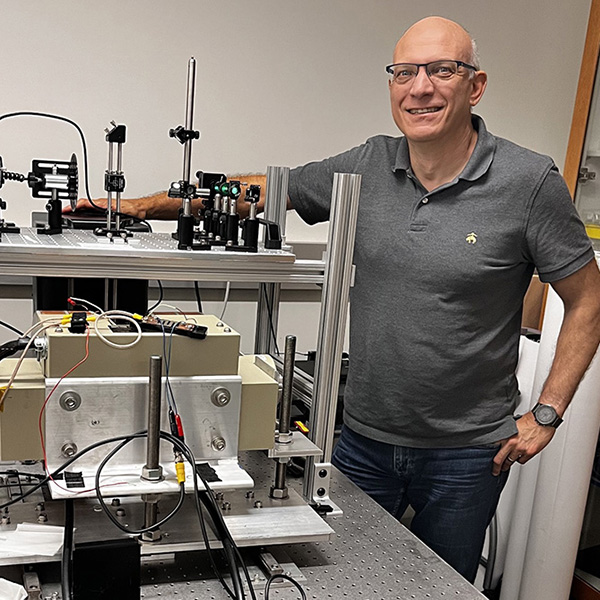
USF researchers are trying to use ferrimagnetic materials to close the “terahertz gap”— the gap on the electromagnetic spectrum between microwaves and infrared light. “You’ve got this problem, where optics don’t work well and you can’t have everyone connected through a fiber connection, and the electronics start to peter out,” says Darío Arena. “We are trying to use these ferrimagnetic materials to bridge that gap.”
The team is doing related work on controlling the spin of electrons by combining ferrimagnets with two-dimensional transition metal dichalcogenides, which can serve as semiconductors. If they succeed, they may advance ultrahigh speed optical communications, three-dimensional displays, quantum encryption, and more secure long-range communication.
View Related Expert Profiles: Go to Source